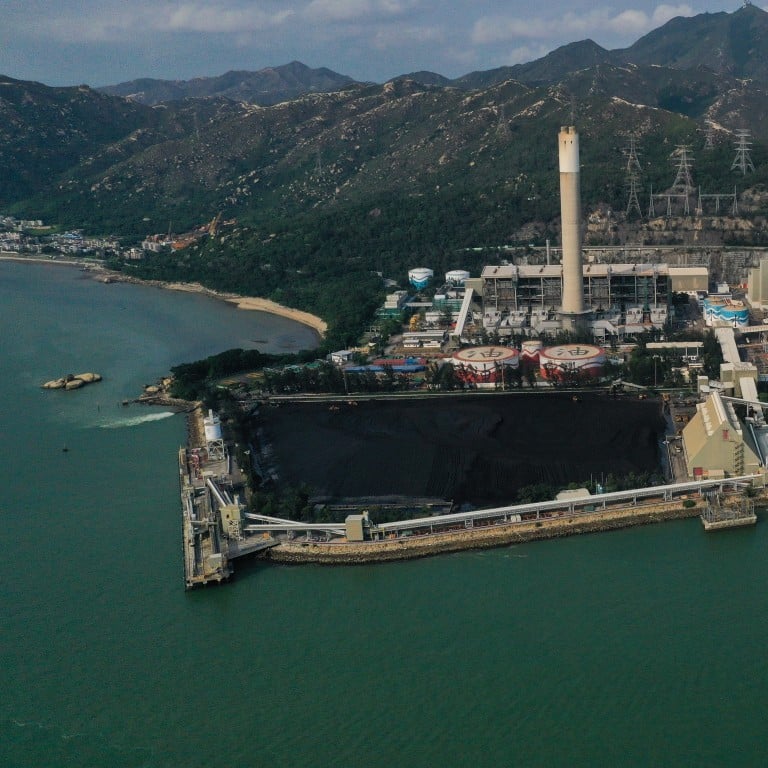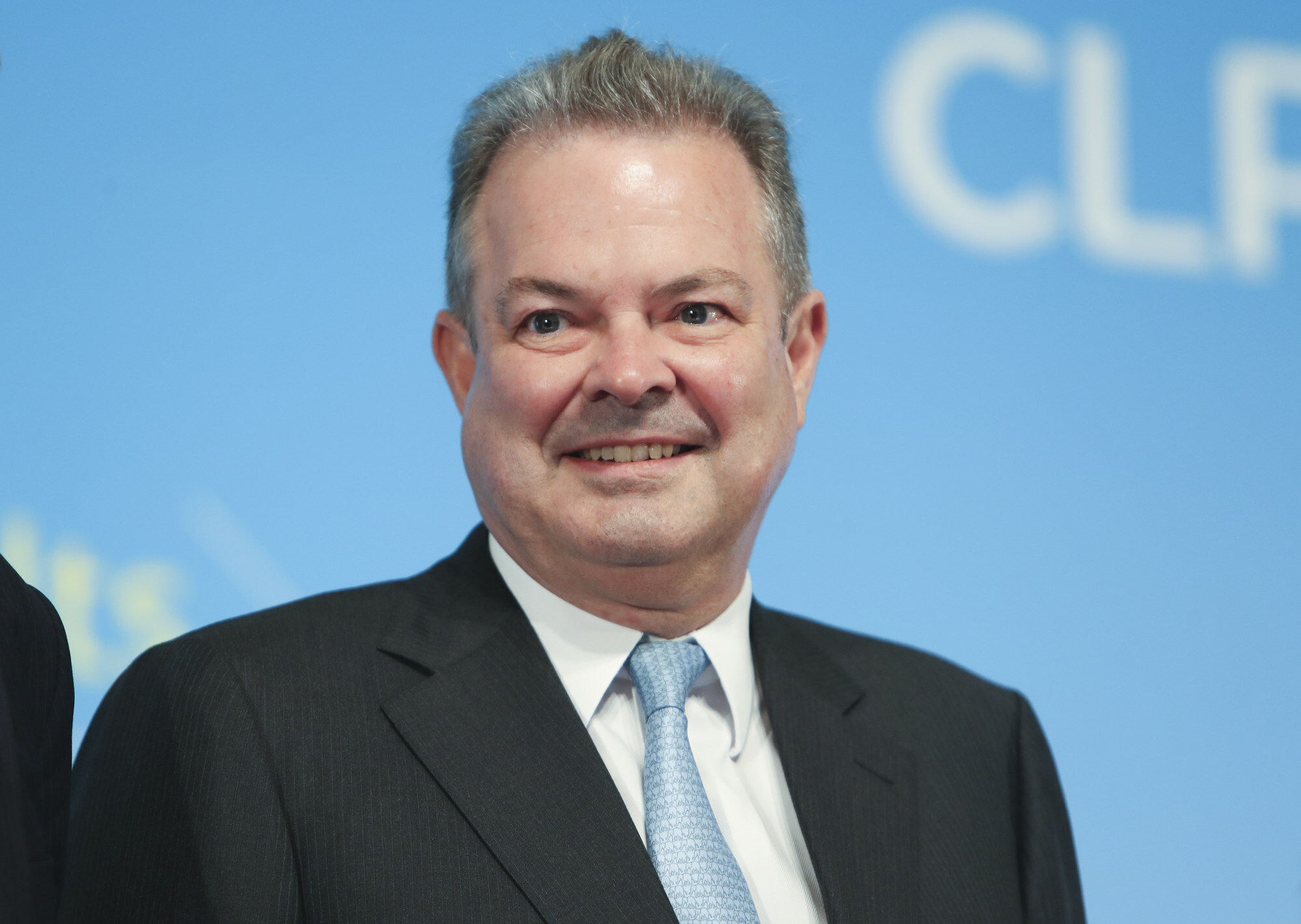
Carbon-neutral goal: CLP eyes hydrogen-powered plants to cut emission as Hong Kong prepares to update 2050 neutrality target
- Power plants generate almost two-thirds of Hong Kong’s carbon emission, with CLP as the larger contributor of two producers in the city
- CLP reduced its overall carbon emission to 0.57kg per kilowatt-hour in 2020 from 0.62 in 2019, aims to reach 0.15 by 2050
The company also sees hydrogen as a green replacement for natural gas as the firm looks forward to developing a long-term solution, according to Chief Executive Officer Richard Lancaster.
With cost reduction through technological advancement and mass equipment production, a viable supply chain using surplus renewable energy to produce, transport and deploy hydrogen in power plants to replace natural gas is expected to emerge in a decade, he added.

Hong Kong will strive to achieve carbon neutrality before 2050, and the government will update its climate action plan in the middle of this year, Chief Executive Carrie Lam Cheng Yuet-ngor said in November. Carbon neutrality is achieved when residual emission is offset by deploying facilities to capture and store the same amount from the atmosphere.
Power generation contributes almost two-thirds of Hong Kong’s carbon emission. CLP, whose corporate history dates back to 1901 as China Light & Power, accounts for over 70 per cent of the local generating capacity covering New Territories, Kowloon Peninsula and Lantau Island. Hong Kong Electric Company provides power to Hong Kong Island and Lamma Island.
CLP, which also owns power-generation assets in mainland China, India and Australia, aims to reduce its emission level to 0.15 kilogram per kilowatt-hour by 2050. It lowered that to 0.57 in 2020 from 0.62 in 2019, mostly by commissioning a natural gas-fired unit.
Gas now accounts for about 48 per cent of its fuel mix, up from 29 per cent in 2019. It will rise further in 2023 when another gas-fired plant is commissioned. Coal’s share plunged to 15 per cent from 36 per cent in 2019. Gas-fired plants emit about half the carbon dioxide versus coal-fired ones.
CLP pledged in December 2019 to stop investing in new coal-fired generation capacity, while agreeing to phase out all remaining coal-based assets by 2050. CLP has been told its gas-fired power equipment can be upgraded for hydrogen use by around 2030, Lancaster said.
“Natural gas will transition to hydrogen over the next decade or two,” he said. “Over time, hydrogen will be blended with natural gas gradually, and 100 per cent hydrogen will [eventually] be adopted.”
Production of hydrogen from renewable energy is an emerging industry that requires massive investment in wind and solar farms. Some projects in Australia and the Middle East have been proposed or are under various stages of construction.
Leo Ho, an energy analyst at Daiwa Capital Markets, said CLP might import hydrogen from mainland China, or build a hydrogen plant in Hong Kong if its proposed offshore wind farm is approved.
“We are seeing huge progress in cost reduction for renewables in China and globally and we expect the momentum to [continue], which will help drive down the cost of green hydrogen,” Hu added.
Lancaster said CLP will reassess the viability of sourcing power from offshore wind projects in or near Hong Kong, as advancement in technical capabilities of turbines has rapidly reduced power-generation costs. Any proposed project will only form part of its 2023-28 development plan to be submitted to the Hong Kong government for approval, he added.
Given renewable power output is intermittent and variable, CLP will seek to invest in large-scale battery storage facilities and nuclear project Guangdong, the southern Chinese province bordering Hong Kong, to ensure supply reliability.
“We need to have a mix of renewables, nuclear, hydrogen and battery storage, in a way that allows us to best manage cost, reliability and energy transition,” Lancaster said.



